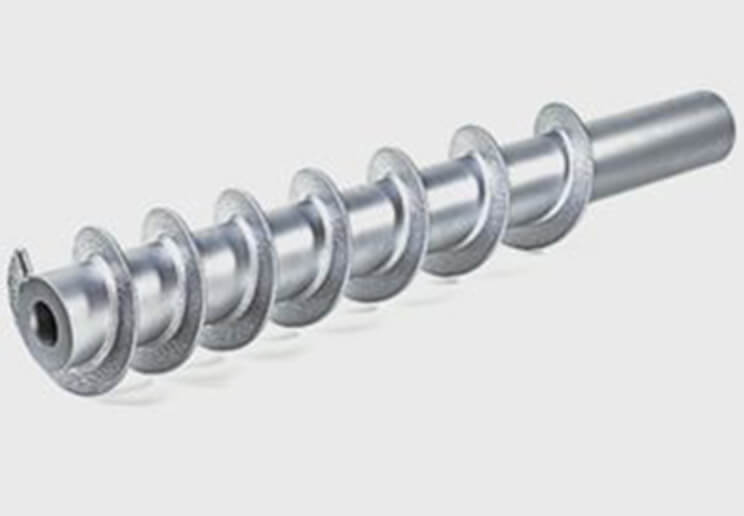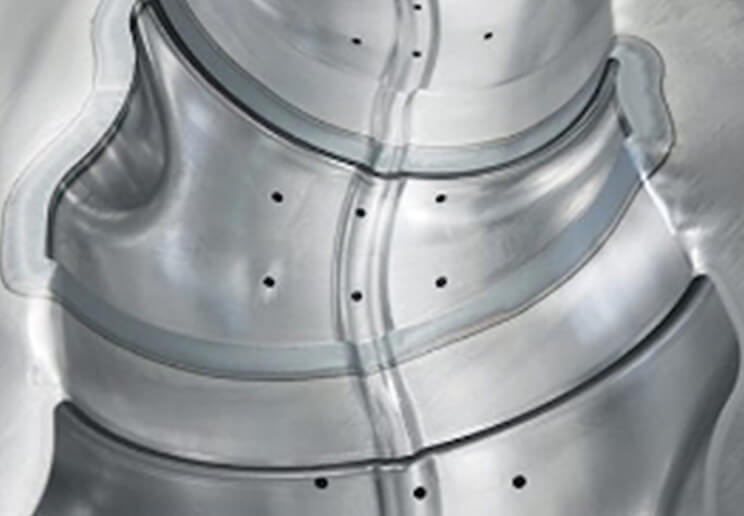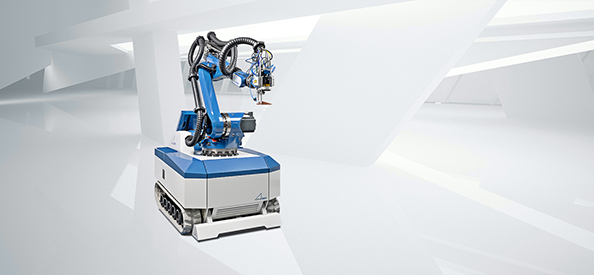- Home
-
Products
Products
- Products
-
Mobile Systems
Mobile Systems
- Open Systems
-
Closed Systems
Closed Systems
-
Laser process heads
Laser process heads
- Industries
Industries- Applications
Applications- Company
Company-
About ALPHA LASER
About ALPHA LASER
- Career
-
Purchasing
Purchasing
- Technical Support
-
Products
- Industries
Our industry solutionsFind the matching application videos for our products.
Videoportal- Applications
Your applicationsFind the matching application videos for our products.
Videoportal- Company
Tel: +49 (0)89 / 89 02 37-0 | E-Mail: info@alphalaserno more spam.deSurface layer hardening with lasers from ALPHA LASER
Longer service life thanks to surface hardening with laser machines from ALPHA LASER
Wear, abrasion, and pitting are major challenges in mechanical engineering and other metalworking industries. Rolling bearings, camshafts, and gearwheels are constantly exposed to stress, which means that the hardness of the surface material is decisive in terms of the component’s durability. Marginalized layer hardening increases the strength of the respective workpiece without making it brittle.
Laser hardening uses a powerful diode laser to heat the surface layer to be hardened to the austenitizing temperature. Martensite – a very tough metal – is created through the heat-induced rearrangement of the carbon atoms in the metal grid.
After the marginalized layer has hardened, the pinpoint and rapid heat increase is abated by the temperature of the remaining component volume. The so-called self-quenching effect renders external coolant unnecessary for the hardening to take place.
Laser-based surface layer hardening with the flexible laser hardening system AL-ROCK generally facilitates hardening depths of 0.6 - 0.8 mm, with some materials permitting hardening up to 2 mm. The laser machine can quickly and effortlessly process track widths of 5 - 30 mm (depending on the material).
AdvantagesMarginalized layer hardening with laser systems from ALPHA LASER
- Significant time savings through use within minutes
- Process even large components without removal and transport
- Tough marginalized layer and surface with constant core strength
- Verification and post-processing immediately after marginalized layer hardening
- Contour-accurate surface hardening by laser
- No cooling media required
- Low-distortion laser hardening
Surface layer hardening – the advantages of laser hardeners from ALPHA LASER
Lasers are not the only means used in industry and handcraft for surface hardening. Induction hardening or flame hardening also causes austenitisation of the marginalized layers by heat. To make the changes in the metal grid permanent, these thermal methods for surface hardening use cooling equipment. This is not necessary when using lasers. Laser systems for surface layer hardening accelerate processing immensely, which is an advantage compared to non-austenitizing processes, such as nitriding or carburizing. Moreover, laser hardeners make it possible to process even low quantities and batch sizes economically. Surface hardening with lasers is a fast, economically attractive approach for making heavily stressed component and tool surfaces resistant and durable.
Suitable Products
Contact Us Kontaktieren Sie uns
Schließen×Contact Us
+49 (0)89 890237-200
We will gladly advise you!© 2024 | ALPHA LASER GmbH
Handheld welding laser - Industries






